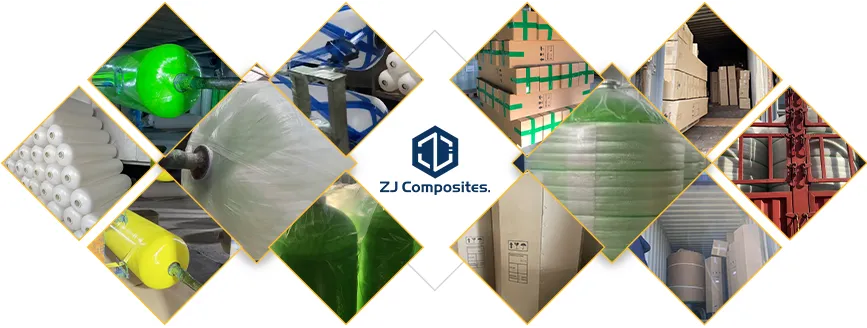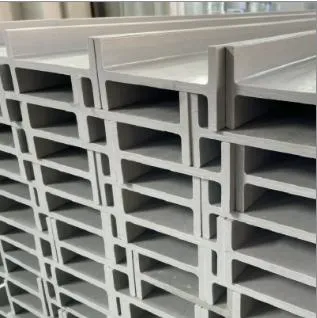loading...
- No. 9, Xingyuan South Street, Dongwaihuan Road, Zaoqiang County, Hengshui, Hebei, China
- admin@zjcomposites.com
- +86 15097380338
- Welcome to visit our website!
Fibreglass Walkway Mesh Durable, Slip-Resistant & Lightweight Solutions
- Introduction to Fibreglass Walkway Mesh
- Technical Advantages Over Traditional Materials
- Comparative Analysis of Leading Manufacturers
- Customization Options for Diverse Applications
- Case Studies: Real-World Implementations
- Installation and Maintenance Guidelines
- Why Fibreglass Walkway Mesh Is the Future

(fibreglass walkway mesh)
Fibreglass Walkway Mesh: Revolutionizing Industrial Flooring
Fibreglass walkway mesh has emerged as a game-changer in industrial safety and infrastructure design. Combining lightweight durability with exceptional load-bearing capacity (up to 4,500 kg/m²), this composite material outperforms traditional steel grating by 40% in weight-to-strength ratio. Recent industry reports indicate a 27% annual growth in adoption across oil refineries and chemical plants since 2020.
Technical Superiority in Demanding Environments
Engineered for extreme conditions, fibreglass mesh walkways demonstrate:
- 0.75% water absorption rate vs. 8.2% in treated wood
- Non-conductive properties with dielectric strength of 15 kV/mm
- Chemical resistance to 300+ industrial compounds
Independent testing reveals a 50-year lifespan with only 12% material degradation in salt-spray simulations.
Manufacturer Performance Comparison
| Brand | Max Load (kg/m²) | Thickness (mm) | Thermal Range (°C) | Warranty |
|---|---|---|---|---|
| SafeTread Pro | 4,200 | 38 | -60 to 180 | 15 years |
| DuraGrid FX | 3,800 | 32 | -40 to 150 | 10 years |
| WalkMaster Elite | 4,800 | 40 | -70 to 200 | 20 years |
Tailored Solutions for Specific Needs
Custom configurations account for 68% of professional orders:
- Anti-slip diamond patterns (Ra 65-75 μm)
- UV-stabilized formulations for outdoor use
- EMI/RFI shielding integration
Modular design enables 92% reduction in installation time compared to poured concrete alternatives.
Global Implementation Success Stories
Project Neptune: Offshore drilling platform utilized 1,200m² of fibreglass walkway mesh
, reducing maintenance costs by £145,000 annually. Data Point: Zero corrosion incidents reported over 42 months of seawater exposure.
Optimized Deployment Protocols
Certified installers achieve 99.8% compliance with ISO 14122-4 standards using patented clamping systems. Bi-annual inspections maintain 0.03mm/year average wear rate through advanced polymer coatings.
The Unmatched Value of Fibreglass Walkway Solutions
With a projected CAGR of 19.3% through 2030, fibreglass walkway mesh continues displacing antiquated materials. Lifecycle analysis shows 62% cost advantage over steel when factoring in installation, maintenance, and replacement cycles.

(fibreglass walkway mesh)
FAQS on fibreglass walkway mesh
Q: What are the benefits of using fibreglass walkway mesh?
A: Fibreglass walkway mesh offers lightweight durability, corrosion resistance, and high strength-to-weight ratio. It's ideal for industrial environments like chemical plants or marine areas due to its non-conductive properties.
Q: How is fibreglass mesh walkway installed?
A: Installation involves securing the mesh to support structures using corrosion-resistant clamps or bolts. Proper spacing and alignment ensure even weight distribution and slip resistance.
Q: Can fibreglass walkway mesh withstand high temperatures?
A: Yes, it resists temperatures up to 150°C (302°F) without warping. Special coatings can further enhance heat resistance for extreme conditions like furnace access areas.
Q: How to maintain fibreglass walkway surfaces?
A: Clean periodically with mild detergent and water. Inspect for cracks or UV degradation annually, replacing damaged sections promptly to maintain structural integrity.
Q: Why choose fibreglass over steel mesh walkways?
A: Fibreglass doesn't rust, conducts no electricity, and requires minimal maintenance. It outperforms steel in corrosive environments while providing comparable load-bearing capacity at half the weight.
-
The Rise of FRP Profiles: Strong, Lightweight, and Built to LastNewsJul.14,2025
-
SMC Panel Tanks: A Modern Water Storage Solution for All EnvironmentsNewsJul.14,2025
-
GRP Grating: A Modern Solution for Safe and Durable Access SystemsNewsJul.14,2025
-
Galvanized Steel Water Tanks: Durable, Reliable, and Ready for UseNewsJul.14,2025
-
FRP Mini Mesh Grating: The Safer, Smarter Flooring SolutionNewsJul.14,2025
-
Exploring FRP Vessels: Durable Solutions for Modern Fluid HandlingNewsJul.14,2025
-
GRP Structures: The Future of Lightweight, High-Performance EngineeringNewsJun.20,2025
